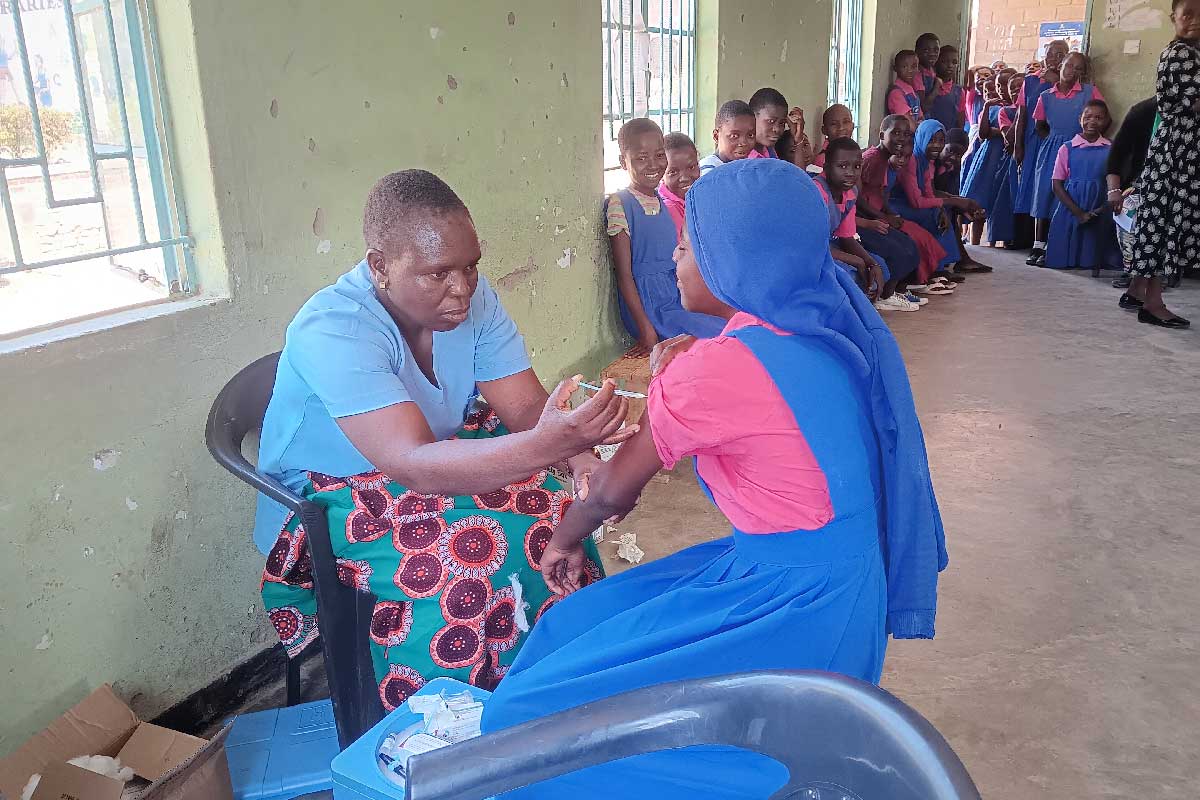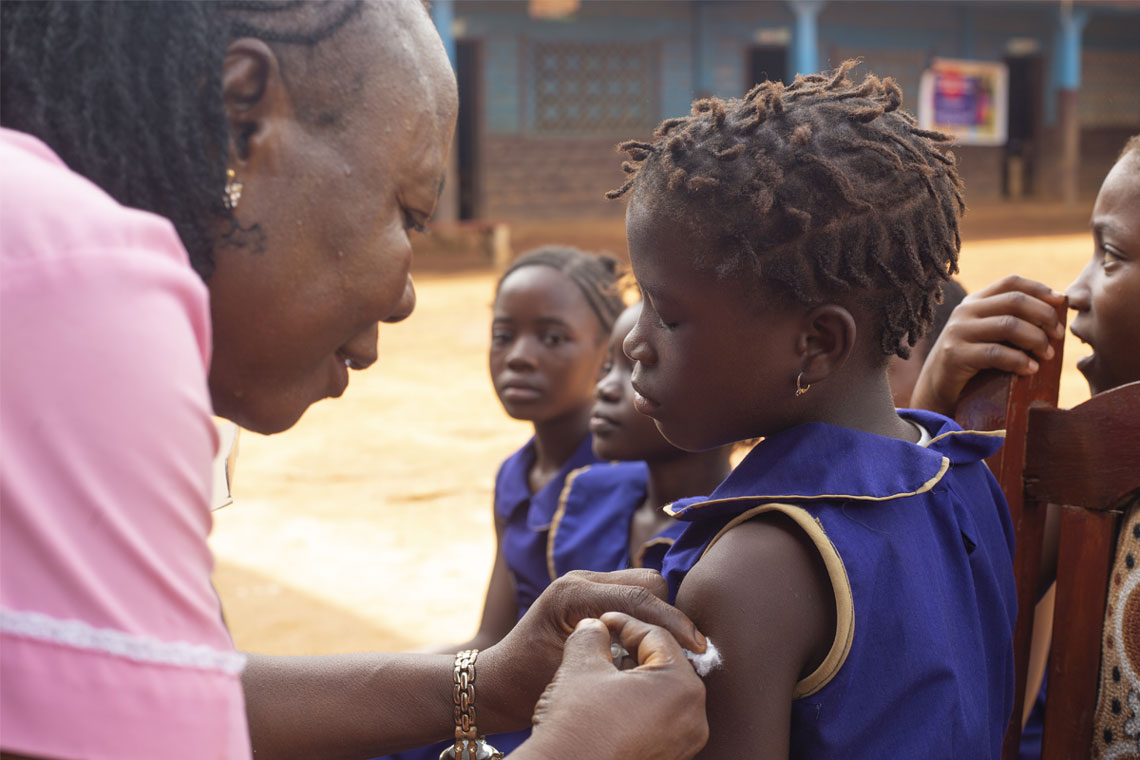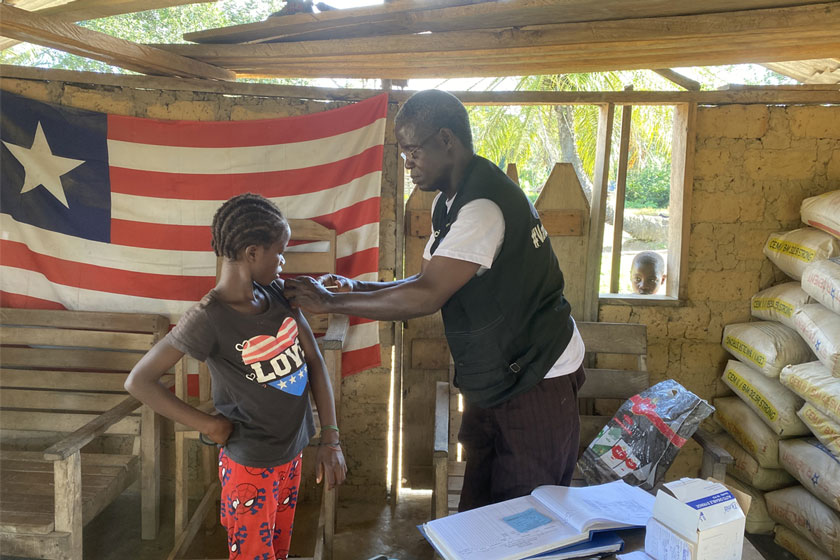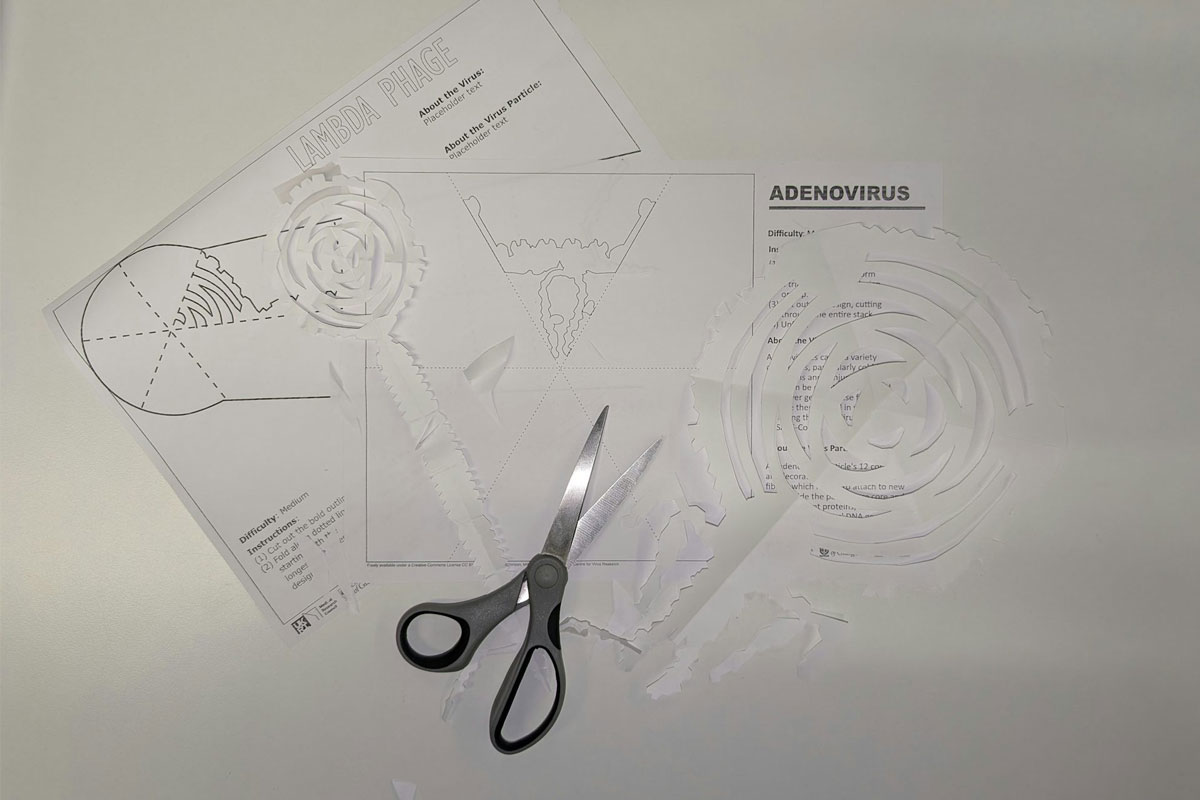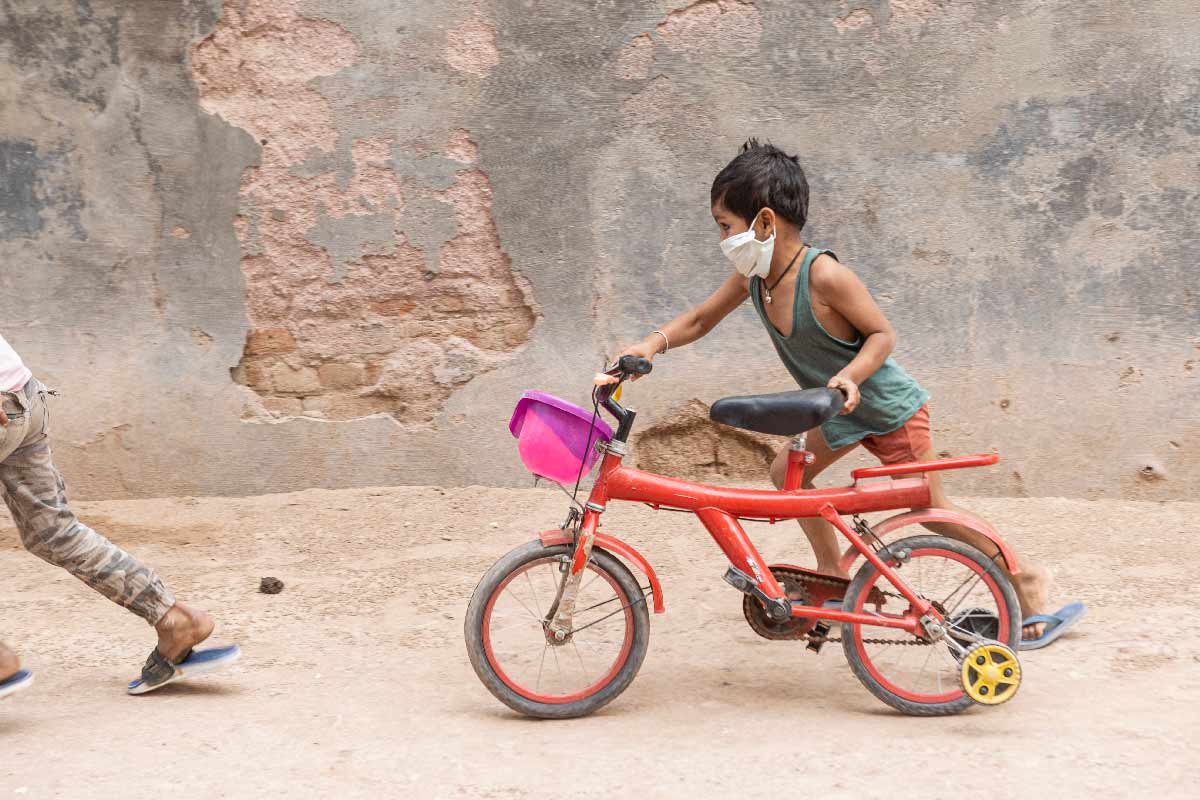Three years ago polio made a shock return in Malawi. For five-year-old Masamba, its impact will last a lifetime
Malawi is free of the paralysing virus again. What exactly does that mean for the country and for the disease’s young victims?
- 28 August 2025
- 4 min read
- by Benson Kunchezera

At first glance, Masamba seems like any other five-year-old. She giggles when her older brother tries to braid her hair, scolds her baby cousin with surprising authority and sings songs she’s made up on the spot. But when she tries to run after the other children outside her home in Lilongwe, the uneven rhythm of her steps betrays her. She tries to keep up, but she can’t.
Masamba’s infection with the paralysing virus was a wake-up call – not just for Malawi, but for the entire global health community.
Her right leg, once her strongest, now drags slightly behind. “She’s had to learn to do things differently,” says her grandmother, Hilda Makumba.
In February 2022, Masamba was at the epicentre of a national scare – Malawi’s first confirmed case of wild poliovirus in three decades. For most people, it was a headline. For her, it was the beginning of a lifelong transformation.
Masamba’s infection with the paralysing virus was a wake-up call – not just for Malawi, but for the entire global health community. Her case was traced to a virus strain genetically linked to one circulating in Pakistan, nearly 6,000 kilometres away. It slipped across borders, continents and health systems, and into a child who had never before left her home.
Her symptoms had begun subtly: a fever and stiffness alerted her family to what doctors at first thought was a simple viral illness. But when her right leg weakened rapidly, and she couldn’t stand without help, polio became the feared diagnosis. The infection cleared from her system within weeks, but its neurological damage was permanent.
Today, she wears a small brace that supports her ankle and helps with balance. She’s adapting – learning to walk, climb, and dance again in her own way.
“Polio-free” again
In May 2024, the World Health Organization (WHO) declared Malawi polio-free once more. The declaration followed more than two years of aggressive vaccination campaigns, and contact tracing. Surveillance, stool sampling, and environmental testing have confirmed that there is no ongoing circulation of the virus. For the health ministry, it was a relief – and a victory.
Have you read?
Yet, the story is more complicated than a simple win. Malawi’s polio-free status doesn’t mean the danger is gone. It means something specific in epidemiological terms: that the recent outbreak of wild poliovirus has been successfully contained, with no new cases detected for more than 12 months and with vaccination coverage deemed sufficient to prevent renewed spread.
But the wild poliovirus continues to circulate in Pakistan and Afghanistan. Masamba’s case proved the warning: as long as polio persists anywhere, it’s a threat everywhere. “Any case of polio is one case too many,” says Joyce Beyamu, Surveillance Officer for Vaccine Preventable Diseases with Malawi’s Expanded Programme on Immunization. “We can celebrate progress, but we must remain vigilant.”
What recovery means – for Masamba and Malawi
For Masamba, the vaccine came too late. But she did receive supportive care after her diagnosis and continued physiotherapy, which helped her regain some mobility. Her grandmother believes this care, alongside the attention Masamba received during the emergency campaign, improved her condition and restored hope.
“She can play with her friends again now,” says Makumba. “But she still can’t go to school. We need help.”
Malawi’s polio fightback, meanwhile, has had the net effect of strengthening the country’s immunisation system. Sources in the health system say that the Emergency Operations Centre, which served as the polio campaign's command hub, coordinated the repair of more than 270 vaccine refrigerators, training for more than 13,500 health workers and volunteers, and the expansion of real-time data tracking capacity. The effect of those investments was evident in the scale of the polio campaign: 1.3 million children, 107% of the original target, were vaccinated in Blantyre district alone, according to Wongan Mbale of the Blantyre District Health Office.
“The infrastructure we built is still in use today for other vaccines,” Mbale adds.
